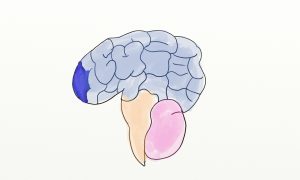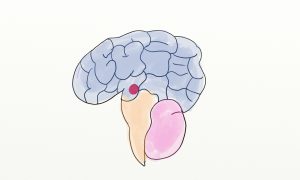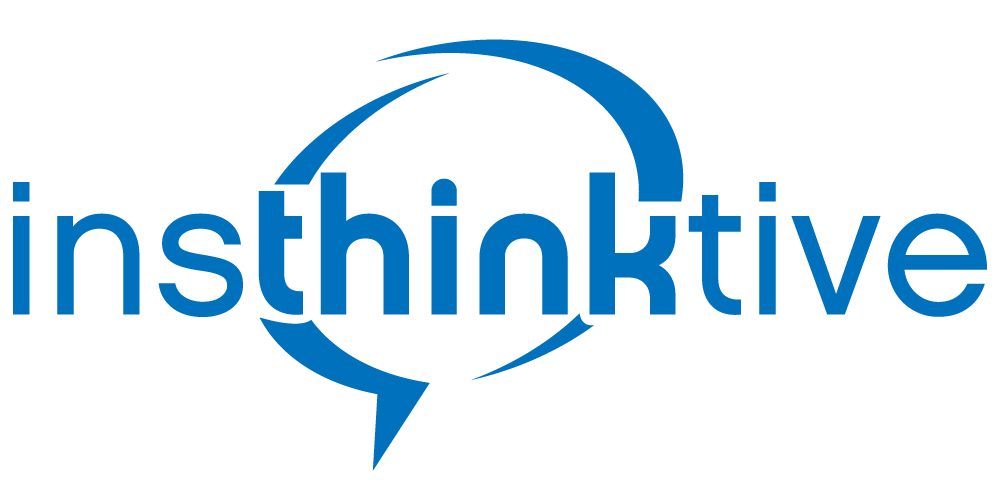The Science Of Trust
Here is some science behind high-trust conversations.
You will have learned in previous blogs about the importance of Rapport Building in selling.
Now you will explore some of the science behind high-trust sales conversations.
In this session, you will learn;
- The science behind high trust sales conversations
- How to use it to gauge your selling conversational style.
- Engaging the Prefrontal Cortex (PFC).

Your PFC (Prefrontal Cortex) is often referred to as the brain’s “Good Boss”. It is responsible for many of the executive functions of your brain like
- Understanding
- Deciding
- Memorising
- Recalling
- Inhibiting
When you engage the executive part of someone’s brains you have a significant impact on the quality of the conversations you have. You CONNECT. High quality, high trust selling conversations are ones that CONNECT
They are
– Challenging
– Opening
– Navigating
– Nurturing
– Empowering
– Transforming
With recent research, we are now able to link the PFC with high-trust conversations in three ways.
Dopamine
Dopamine is a neurotransmitter, a chemical released by the brain nerve cells to send signals to other nerve cells. Dopamine is associated with the reward-motivation system of behaviours. Most types of reward increase dopamine. Many addictive drugs increase dopamine activity levels. Dopamine is often referred to as the happy drug. It also inhibits norepinephrine release, which is directly linked to the Amygdala’s fight or flight responses.
Put simply, conversations that CONNECT produce more dopamine, which in turn activates the reward-motivation systems. When people are experiencing this “chemical reaction, they are more engaged and at ease, which promotes engagement and rapport.
Oxytocin
Oxytocin is often referred to as the ‘trust drug”, or the bonding hormone. We are ultimately social beings, and we need social interaction for personal happiness. People who work in isolation tend to produce less oxytocin and in turn are less connected and happy.
Selling conversations that CONNECT produce more oxytocin which in turn builds engagement and rapport.
Serotonin
Serotonin is linked to the regulation of mood, appetite and sleep and links to cognitive functions like memory and learning. Anti-depressants, for example, modulate the levels of serotonin in patients.
Selling conversations that CONNECT produce more serotonin, which improves learning and memory.
Key Takeaways
In short, when you engage the PFC you encourage neural activity in the brain that promotes engagement, less stress, higher learning and more trust.

Engaging the Amygdala
If the PFC is your brain’s “Good Boss”, your Amygdala is your brain’s “Bad Boss”
The Amygdala is the brains trigger point for the Fight, Flight or Freeze responses. The Amygdala is a powerful area of the brain because it has control over the function of your PFC. When you experience those feelings of “Fight, Flight or Freeze” they are primal responses to danger. They are instinctive, and the Amygdala’s response is to shut down the PFC or inhibit it, which in effect hinders your ability to reason.
It is an entirely normal response when you are in the savannah, and there is ever-present danger from predators. But often these responses are inappropriate to the way we live and work now.
When you engage in selling conversations that raise fears and convey risk, you may alert the Amygdala.
Low trust conversations trigger three responses in your brain
Adrenaline
Adrenaline is known as (epinephrine) is a hormone and a neurotransmitter. Adrenalin is closely linked to the “fight or flight” response. It gives you that burst of energy that could save your life in an emergency. The flip side to this is that it gives you the burst of energy but has nowhere to go. Excessive levels of adrenaline can cause physical side effects.
Low trust conversations can trigger increased levels of adrenaline. The brain may be starting to shut down the executive functions.
Cortisol
Cortisol is released in response to stress and low levels of blood glucose. It is in effect a stress chemical. It has a side effect of prolonging the effects of emotional thoughts and feelings. People who ruminate on incidents are feeling the effects of cortisol. Some emotions and thoughts can remain active for months.
High levels of cortisol are known to attack the immune system, so, they can be harmful to your health.
“Low trust conversations increase cortisol levels and hence stress levels.”
Norepinephrine
Norepinephrine is both a hormone and a neurotransmitter. Increases in norepinephrine levels increase heart rate. It affects the amygdala where it triggers the fight or flight responses. It increases heart rate, glucose levels and blood flow to the muscle systems.
Low trust conversations increase norepinephrine levels and hence alert the Amygdala, which in turn impacts PFC function.
By now you are starting to build a picture of the impacts of High Trust conversations which engage the PFC and Low Trust conversations which engage the Amygdala.
Next Steps
Firstly, you don’t need to be an expert on the levels of the six main neurotransmitters. I’m highlighting them to create a higher level of awareness. Ultimately you are the best person to “read” your prospect’s reactions to the selling conversation.
Use what you have learned to guide to your conversations.
After your next sales conversation ask yourself.
Did you have a conversation that built high trust – Engaged the PFC?
Did you have a conversation that resulted in low trust – Engaged the Amygdala?
Key Takeaways
High quality, high trust selling conversations are ones that CONNECT
They are
Challenging
Opening
Navigating
Nurturing
Empowering
Transforming
Your brain plays a vital role in selling conversations. Your PFC, (Prefrontal Cortex) is your Good Boss. When you engage the PFC you promote high-trust conversations.
Likewise, the Amygdala is your Bad Boss. When you engage the Amygdala, you promote low-trust conversations.
As a sales leader, you can directly influence engagement by focusing on having more high-trust conversations.
Best regards
Ronan Kilroy
Call me on +353(86) 7732201
Ronan Kilroy | Insthinktive Sales Leadership Ltd. | Blanchardstown, | Dublin 15, | Office 01 8220523
www.insthinktive.com
More Sales, More Consistently, In Less Time



